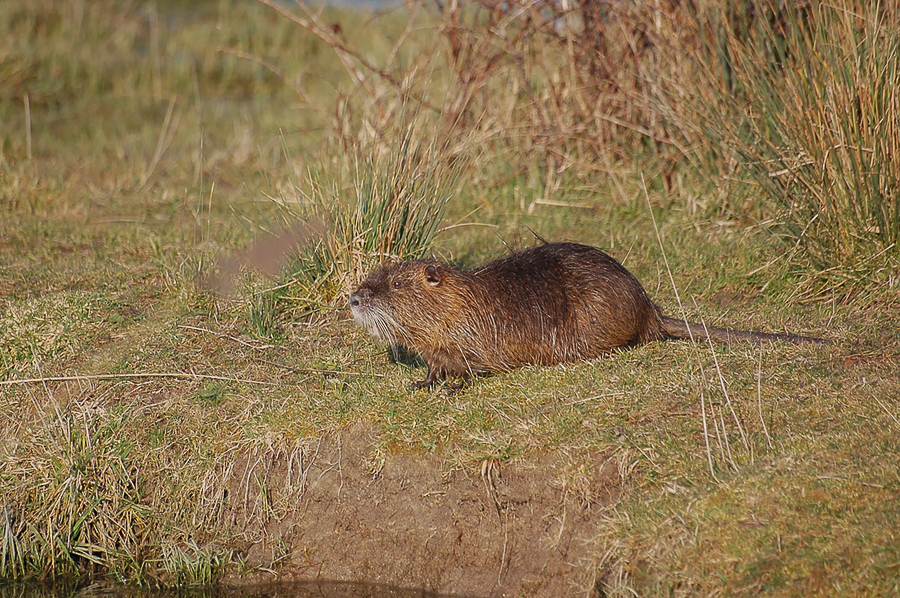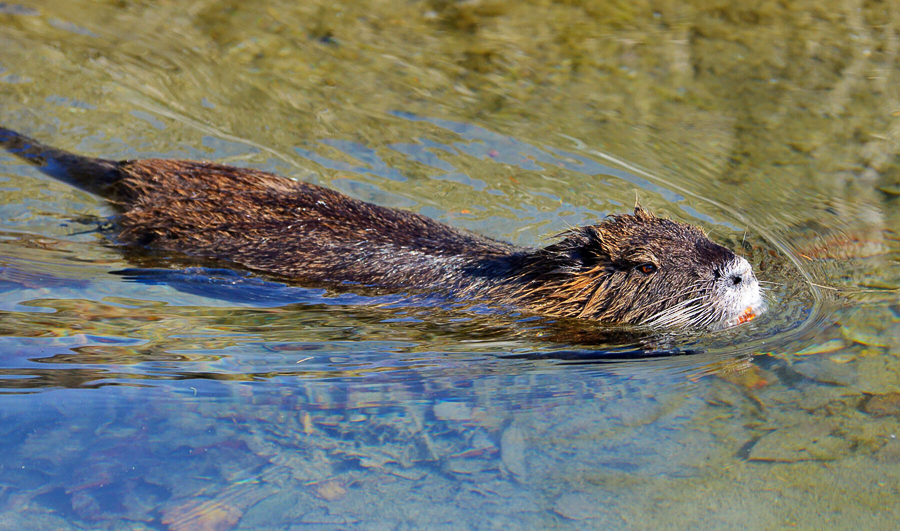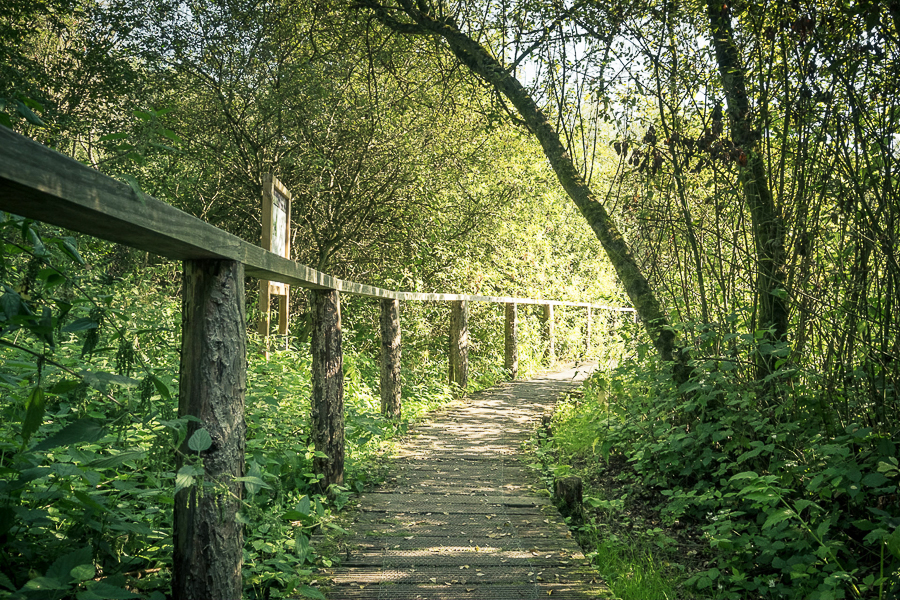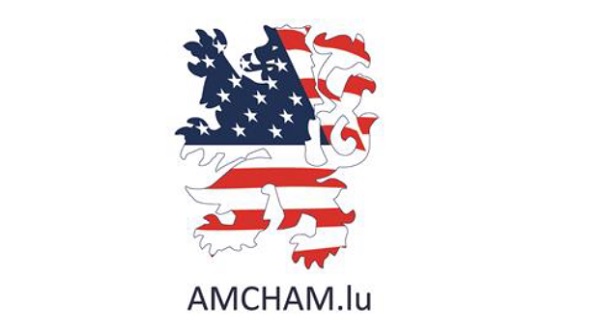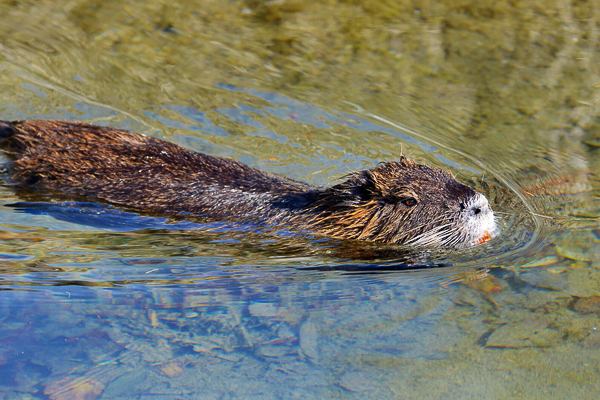 Coypu;
Credit: natur&ëmwelt
Coypu;
Credit: natur&ëmwelt
Luxembourg has what is known as a Temperate Climate in which winters are generally mild and summers comparatively cool, with rainfall that can be high; its flora and fauna have thrived in, and adapted to, this climate over the centuries and millennia, with ongoing challenges due to pollution and recent climate change, as well as the introduction of non-native species, resulting in disruptions to the norm.
Nevertheless, with various initiatives and organisations helping the ecosystem and habitat, including sustainability and re-wilding, there is a lot happening in nature across the Grand Duchy.
Chronicle.lu has teamed up with natur&emwelt (the non-profit organisation (naturemwelt), the foundation (Hëllef fir d'Natur) and the Wildlife Care Centre (Flegeestatioun)) for a series of articles on Luxembourg's fauna in which we look at various mammals, birds, insects, amphibians and aquatic animals, as well as touching on vanishing species returning to Luxembourg, focussing on their lifestyle and habitat, including when and where to observe them.
No.5 in this series focuses on the Coypu.
Originally from South America, the Coypu (Myocastor coypus) is a semi-aquatic rodent now well-established in Europe. At Brill (Schifflange), it discreetly inhabits wetlands, playing a role in the local ecosystem.
The coypu is a large rodent that can reach 60 cm in length, excluding its 30 to 45 cm tail. Its dense, waterproof fur is reddish-brown. It has webbed hind feet, adapted for swimming, and distinctive large orange incisors. Its snout is adorned with long white whiskers, and its ears are small. It can be mistaken for a beaver, but its thin, cylindrical tail differentiates them.
Lifestyle
Mainly active at dawn and dusk, the coypu is an opportunistic herbivore. It feeds on aquatic plants, roots and agricultural crops. Highly territorial, it burrows into riverbanks, sometimes weakening watercourse structures. It lives in small family groups and reproduces year-round, with litters of four to seven young after a 130-day gestation. Natural predators are rare in Europe, contributing to its rapid expansion. While it helps regulate aquatic vegetation, its overpopulation can cause ecological issues.
Habitat
The coypu thrives in wetlands: rivers, marshes, ponds and canals. It prefers areas with soft banks where it can dig burrows. At Schifflange Brill, it is particularly visible near ponds and watercourses lined with reeds and willows. Its habitat must have abundant aquatic vegetation to sustain it. However, its impact on riverbanks and crops makes it a controversial species in some regions.
Where and When to Observe It
Brill is an ideal place to observe the coypu, especially at sunrise or sunset when it emerges from its burrow to feed. It is often seen swimming slowly on the surface or nibbling on plants along the shore. In winter, with reduced vegetation, it becomes easier to spot. Its burrows and feeding traces, such as gnawed stems, are also good indicators of its presence.
Observation Tips
To observe the coypu without disturbing it, stay quiet and avoid sudden movements. A pair of binoculars allows for a better view from a distance. Do not feed it, as this disrupts its natural diet and promotes overpopulation. Lastly, respect its habitat by staying on designated trails.

